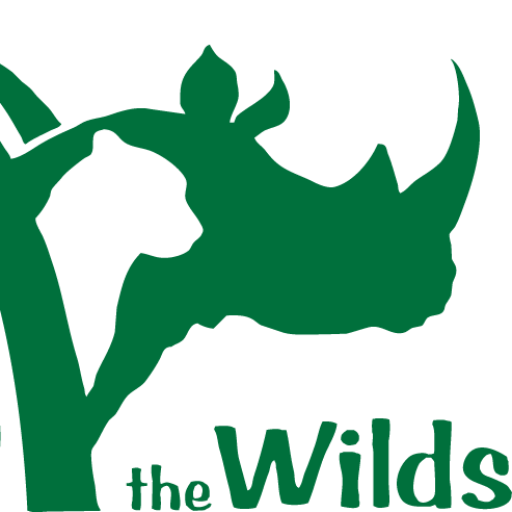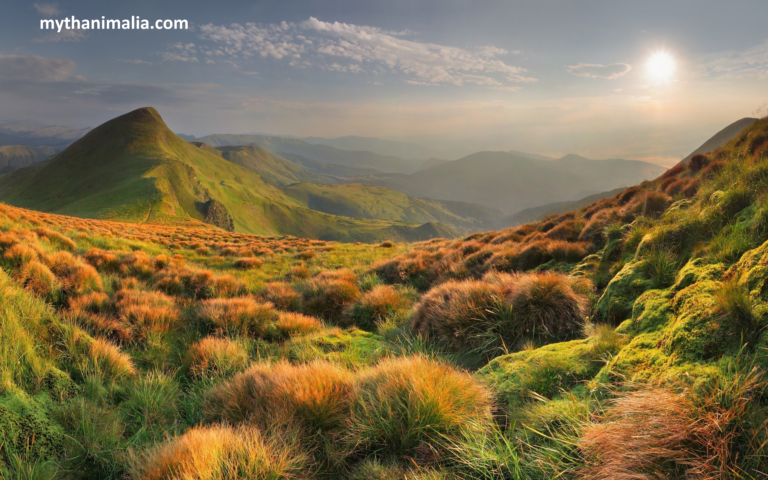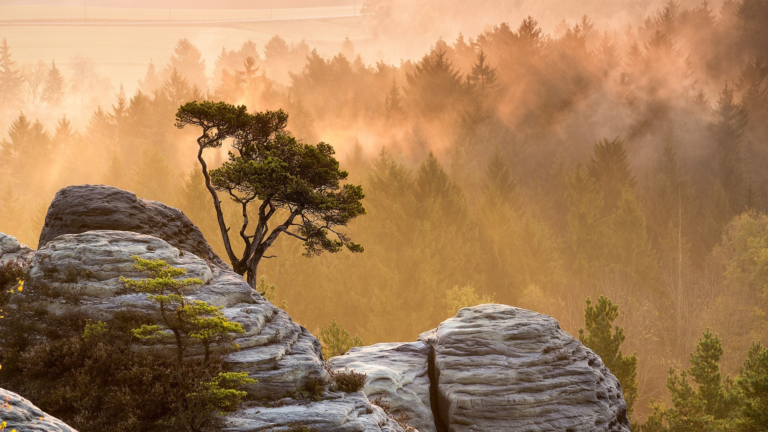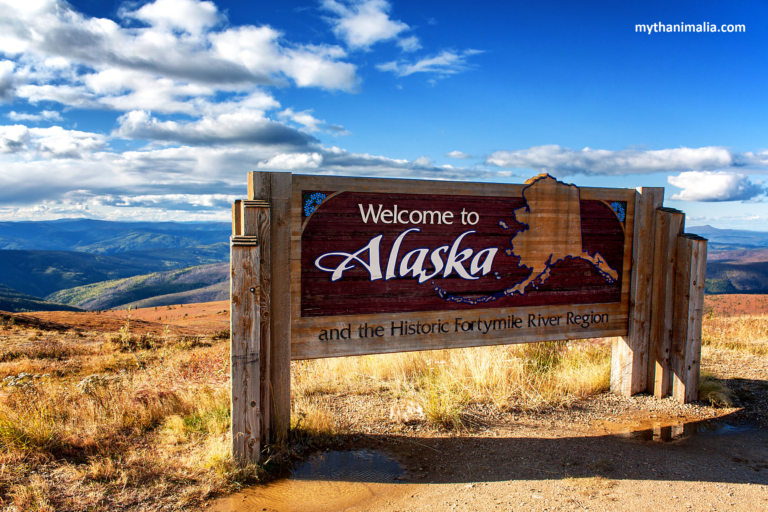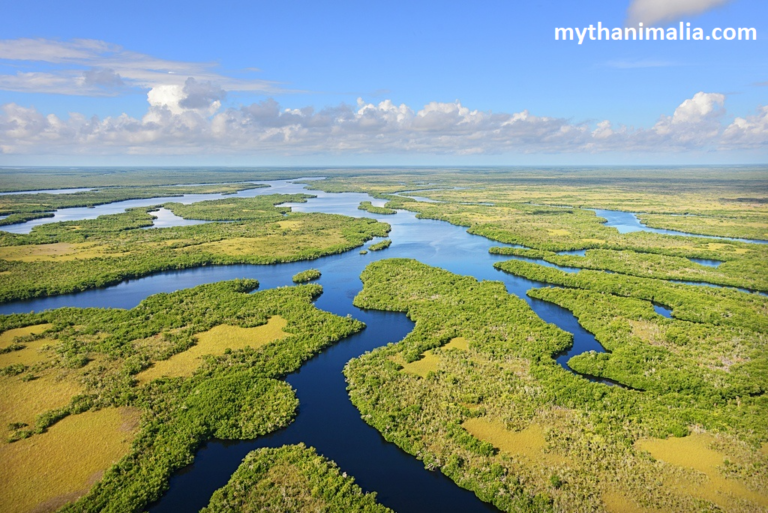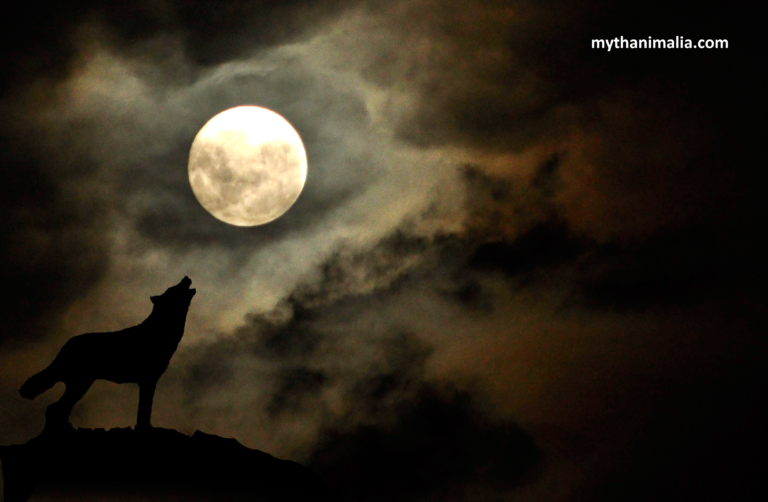Forest Wildlife, Overview and Conservation
Forest Wildlife biodiversity of verdant ecosystems unfolds with an aesthetic tapestry comprising flora and fauna. This intricate tapestry, teeming with vitality, undergoes perpetual metamorphosis, crafting a dynamic and ever-shifting tableau. The spectrum of sylvan life encompasses regal mammals, diminutive arthropods, and a plethora of botanical specimens.

These arboreal enclaves transcend aesthetic allure, their significance extends beyond the inherent value of the biota they harbor. Indeed, they are pivotal in upholding the delicate equilibrium of the natural order. Their contributions encompass the generation of life-sustaining oxygen, sequestration of carbon, and the provision of sanctuaries for innumerable species.
Diversity of Forest Wildlife
Nature is commonly hailed as the respiratory organs of our Earth. Lie expanses are abundant with an intricate mosaic of existence, denoted as forest wildlife. Plants and animals work together to keep the environment balanced and healthy. This is important for everyone’s well-being.
We shall plunge into the enthralling expanse of the multifamily intrinsic to woodland. Wildlife scrutinizes diverse aspects, ranging from classifications of arboreal landscapes to the adversities confronting them.
As well as the persistent endeavors aimed at safeguarding their existence. Woodland creatures encompass a broad spectrum of living entities, spanning botanical entities.
Zoological inhabitants, mycological entities, and microscopic organisms, collectively inhabit sylvan expanses. These varied ecosystems are distinguished by their distinctive array of species and the intricacies inherent in the alliances they forge.
The Threats Faced by Forest Wildlife
In landscapes, one must perceive forests not as mere conglomerations of arboreal entities. But rather as flourishing ecosystems pulsating with a myriad of heterogeneous flora and fauna.
The Challenges Confronted by forest wildlife are intricate and variegated. They are constituting substantial jeopardy to the precarious equilibrium of these living tapestries.
Woodlands assume a pivotal role in upholding the equilibrium of the ecological tapestry. Where in the denizens of the wild constitute an indispensable facet of this intricate mesh. From the intricate choreography of pollination to the dispersal of seeds. The manifold species make invaluable contributions to the vitality and perpetuity of the ecological framework.
Which is the longest forest in the USA
The largest National Forest in the United States of America, the Tongans, is spread over 17 million acres and a humongous land area, and surrounds the Inside Passage. As you explore Southeast Alaska, you can see remnants of the vast glaciers that formed much of the North American landscape.
Conservation Efforts
In ecological safeguarding, conservation stands as a deliberate endeavor to shield and perpetuate the environment, ensuring the endurance of Earth’s intricate ecosystems. Amidst an epoch characterized by unparalleled human activities, the imperative for resilient conservation endeavors manifests with unprecedented clarity.
Conservation is not a contemporary occurrence, but an unfolding discipline deeply entrenched in our historical narrative. Commencing with the establishment of inaugural national reserves to the inception of environmental advocacy movements, diverse pivotal junctures have sculpted our methodology in safeguarding the celestial sphere.
Unique Forest Habitats
Amidst the verdant expanses of our planet, forests stand as the vital respiratory organs of the Earth, boasting an intricate tapestry of botanical and zoological wonders. These sprawling woodlands unveil an extraordinary panorama of nature’s ingenuity and adaptability.
From the intricate canopy realms of tropical rainforests to the rugged terrains of evergreen coniferous woodlands, each ecological niche weaves a narrative as unique as its inhabitants. It is nestled within the core of the natural realm, and a mosaic of singular forest habitats unfolds, each delineating its distinctive features and denizens. These habitats transcend the conventional woodland backdrop, providing a peek into the captivating universe of biodiversity.
Adaptations of Forest Wildlife
In the bosom of woodlands, adorned with opulent canopies and teeming with diverse ecosystems, an extraordinary spectrum of fauna finds its dwelling. These organisms, through the passage of evolutionary epochs, have cultivated extraordinary modifications, endowing them with the capacity to flourish amidst the intricate and ever-changing milieu of the untamed wilderness. Whether manifested through physical attributes or intricately devised behavioral stratagems.
Endangered Species
Indeed! Imperiled species encompass not only plants and animals. But also, various organisms are teetering on the brink of extinction. Earthly cohabitants, a perilous situation befalls these entities, marked by the erosion of their abodes, the surreptitious proliferation of contaminants, the capricious undulations instigated by climatic vicissitudes, and the unjust exploitation thrust upon them.
The repercussions ensuing from the diminution of biodiversity reverberate extensively across ecosystems, potentially unsettling the delicate equilibrium intrinsic to the tapestry of the natural world.
Impact of Deforestation on Wildlife
Amidst the act of felling woodlands, the most immediate consequence unfolds as the forfeiture of habitat for a myriad of species. Flora, fauna, and microorganisms reliant upon particular ecosystems might find themselves bereft of abodes, precipitating a decline in their numbers or, in dire instances, paving the way for outright extinction.
Success Stories in Wildlife Conservation
In the preservation of biodiversity, tales of triumph emerge, underscoring the commendable outcomes of concerted endeavors devoted to safeguarding and nurturing a plethora of species and intricate ecosystems. A handful of particularly commendable narratives are presented herein illustrating the favorable ramifications of resolute initiatives.
What is nature and wildlife conservation?
Wildlife conservation is the preservation and protection of animals, plants, and their habitats. By conserving wildlife, we’re ensuring that future generations can enjoy our natural world and the incredible species that live within it.
Balancing Human Needs and Wildlife Conservation
In navigating the intricate realm of reconciling human requisites with the imperative of wildlife conservation, a multifaceted and pivotal predicament unfurls, demanding meticulous contemplation and sustainable methodologies.
As the human populace burgeons and extends its footprint, the voracious quest for resources invariably begets the desolation of habitats, contamination, and the relentless exploitation of fauna. Establishing equilibrium between satiating human exigencies and safeguarding biodiversity emerges as a cardinal imperative, indispensable for the holistic well-being of both ecological milieus and human societies.
The Connection Between Forests and Climate Change
Amidst the intricate tapestry of our planet’s climate dynamics. The arboreal realms, commonly referred to as forests, assume a pivotal role. The nexus between these sylvan landscapes and the ever-evolving panorama of climate change is a labyrinthine interplay. The dual facets of climate’s imprint on these verdant. Expenses and the reciprocal influence of forests in abating the forces of climate transformation.
Challenges in Wildlife Research
Embarking upon the realm of wildlife exploration presents an array of obstacles, mirroring. The intricate nature is inherent in scrutinizing and safeguarding a myriad of ecosystems and species. Various pivotal challenges encapsulated in the sphere of wildlife exploration encompass.
FAQ’s
Q1- What Animals Live in Forests?
A1- Forests are home to a diverse array of animals, including mammals like bears and deer, birds like owls and woodpeckers, and countless insect species. Each contributes to the intricate web of life within forest ecosystems.
Q2- Why are Forests Important?
A2- Forests are essential for maintaining biodiversity, regulating climate, purifying air and water, and providing resources for human livelihoods. They play a crucial role in supporting life on Earth and preserving ecological balance.
Q3- How Can Individuals Contribute to Forest Conservation?
A3- Individuals can contribute to forest conservation by supporting sustainable forestry practices, participating in reforestation efforts, advocating for forest protection policies, and making conscious choices to reduce their ecological footprint.
